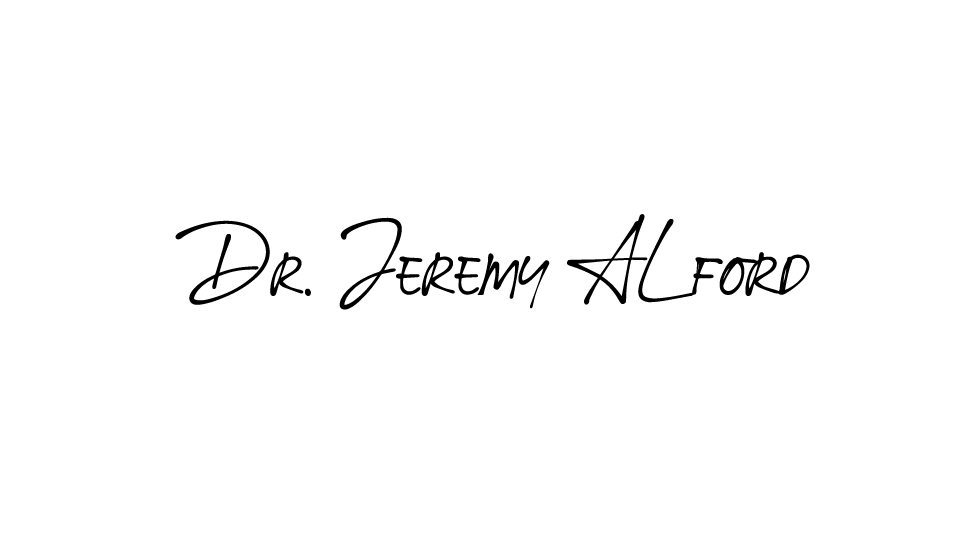Understanding and Addressing Intergenerational Trauma
Intergenerational trauma, also known as transgenerational or multigenerational trauma, refers to the transmission of trauma from one generation to the next. This phenomenon can profoundly impact individuals and families, influencing mental health, behaviors, and relationships. By understanding and addressing intergenerational trauma, we can break the cycle and pave the way for healing and resilience.
What is Intergenerational Trauma?
Intergenerational trauma occurs when the effects of a traumatic event experienced by one generation are passed down to subsequent generations. This can happen through various channels, including genetic inheritance, learned behaviors, and the emotional environment in which children are raised. Examples include families affected by war, genocide, slavery, systemic racism, and domestic violence.
How Does Intergenerational Trauma Manifest?
Emotional Patterns: Children may inherit unresolved emotional issues from their parents or grandparents, such as anxiety, depression, or anger.
Behavioral Patterns: Trauma can lead to maladaptive coping mechanisms, such as substance abuse, aggression, or withdrawal, which children may observe and adopt.
Relationship Dynamics: Trauma can disrupt healthy attachment and communication patterns, leading to strained relationships and difficulties in forming secure bonds.
Physical Health: Research suggests that trauma can affect physical health through genetic changes and chronic stress, potentially leading to conditions like heart disease and diabetes.
Steps to Address Intergenerational Trauma
Awareness and Education: Understanding the concept of intergenerational trauma is the first step toward healing. Educate yourself and your family about its impacts and manifestations.
Therapeutic Support: Professional therapy, such as trauma-informed counseling, EMDR (Eye Movement Desensitization and Reprocessing), or family therapy, can help individuals and families process and heal from trauma.
Open Communication: Foster an environment of open dialogue where family members can share their experiences and feelings without judgment.
Healthy Coping Mechanisms: Encourage and model healthy coping strategies, such as mindfulness, physical activity, and creative expression, to manage stress and emotions.
Building Resilience: Focus on building resilience by developing strong social connections, practicing self-care, and cultivating a positive outlook.
A Short Exercise you can try:
Healing the Family Tree Visualization
Objective: This exercise aims to help individuals connect with their family history, recognize patterns of trauma, and envision healing for themselves and their ancestors.
Instructions:
Find a Quiet Space: Sit in a comfortable position in a quiet space where you won't be disturbed.
Deep Breathing: Close your eyes and take a few deep breaths, inhaling deeply through your nose and exhaling slowly through your mouth. Allow your body to relax with each breath.
Visualize Your Family Tree: Imagine a large, beautiful tree in front of you. This tree represents your family. See its roots extending deep into the ground, symbolizing your ancestors, and its branches reaching towards the sky, symbolizing future generations.
Connect with Your Ancestors: Visualize each family member on the tree. Start with your immediate family and move backward through generations. Acknowledge the presence of each person, even those you may not have known personally.
Recognize Patterns: As you visualize your family tree, notice any patterns of trauma, pain, or hardship that emerge. Acknowledge these patterns without judgment, simply observing them as part of your family history.
Send Healing Energy: Imagine a warm, healing light at the center of your chest. With each breath, see this light growing stronger and brighter. When you are ready, send this healing light to the roots of the tree, allowing it to flow through the trunk and into every branch and leaf.
Affirm Healing: Silently or aloud, affirm healing for yourself and your family. You might say, "I acknowledge the pain and trauma of my ancestors. I choose to heal and break the cycle of trauma. I send love and healing to my family, past, present, and future."
Return to the Present: Slowly bring your awareness back to your breath and your body. Wiggle your fingers and toes, and when you feel ready, open your eyes.
Reflect: Take a moment to reflect on the experience. You may want to journal about any insights or emotions that arose during the visualization.
Conclusion
Intergenerational trauma can have profound effects, but by recognizing and addressing it, we can initiate healing and break the cycle for future generations. Through awareness, therapy, open communication, and resilience-building, we can transform the legacy of trauma into one of strength and healing. The Healing the Family Tree Visualization exercise is a simple yet powerful tool to start this journey, offering a pathway to connect with your past and envision a brighter future.
References
Yehuda, R., & Lehrner, A. (2018). Intergenerational transmission of trauma effects: Putative role of epigenetic mechanisms. World Psychiatry, 17(3), 243-257. doi:10.1002/wps.20568.
Kellermann, N. P. (2001). Transmission of Holocaust trauma--an integrative view. Psychiatry: Interpersonal and Biological Processes, 64(3), 256-267. doi:10.1521/psyc.64.3.256.18464.
Danieli, Y. (1998). Intergenerational handbook of multigenerational legacies of trauma. Springer Publishing Company.
Siegel, D. J. (2012). The developing mind: How relationships and the brain interact to shape who we are. Guilford Press.
Brave Heart, M. Y. H. (1998). The return to the sacred path: Healing the historical trauma and historical unresolved grief response among the Lakota through a psychoeducational group intervention. Smith College Studies in Social Work, 68(3), 287-305. doi:10.1080/00377319809517532.
Van der Kolk, B. A. (2014). The body keeps the score: Brain, mind, and body in the healing of trauma. Penguin Books.
I’m here for you. Let’s talk.



